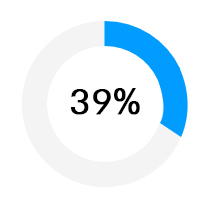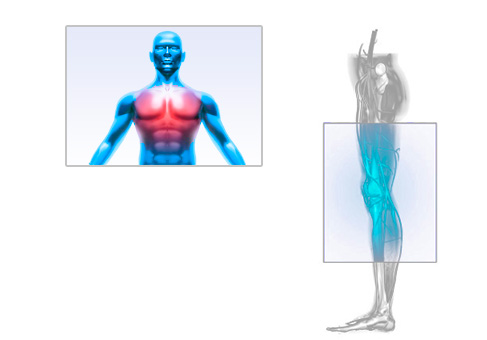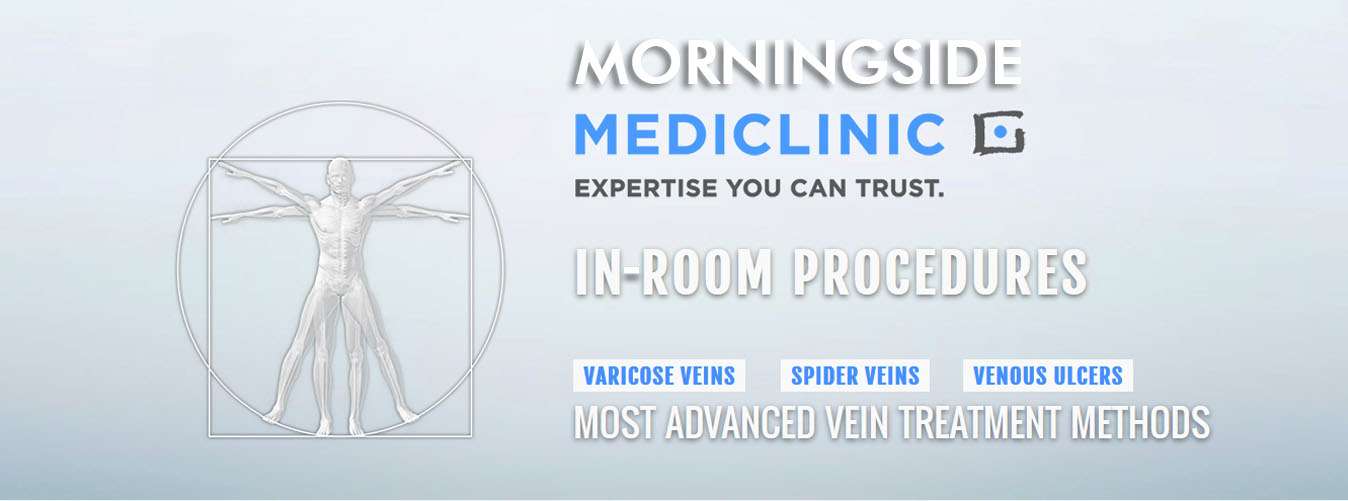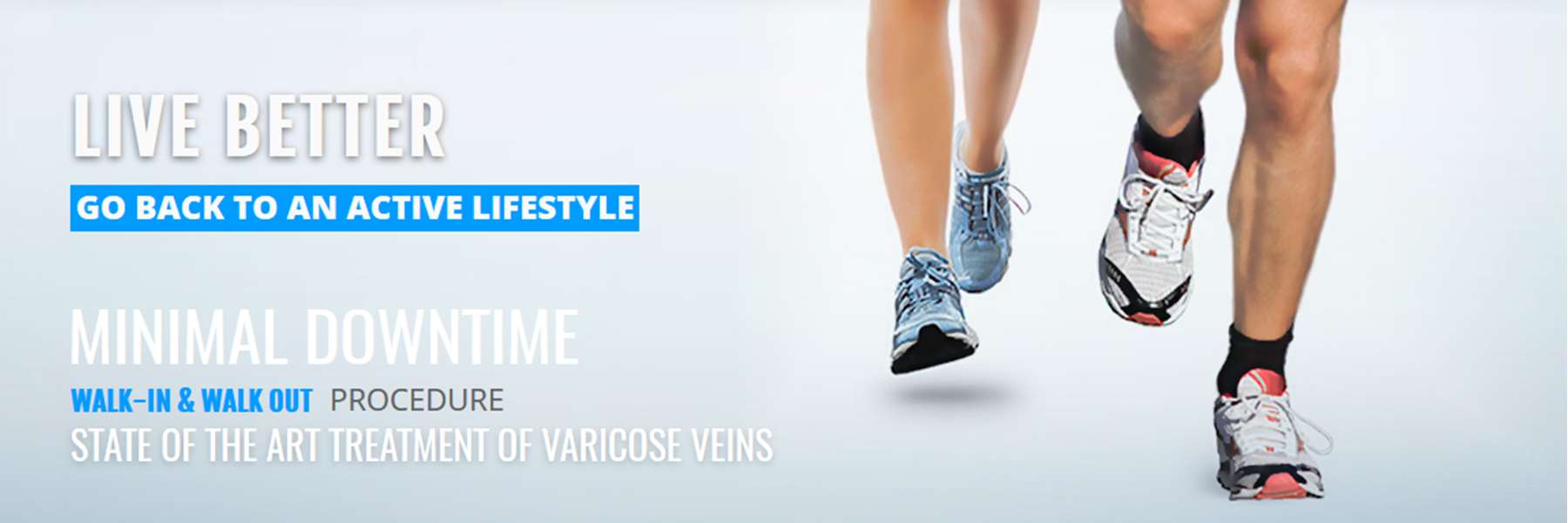 |
DR. YV Popov General Surgery & Vein Treatments Practice No: 042000209740. |
Specialist Surgeon with Expertise in Phlebology and Vein Treatments.
The focus of Mediclinic Morningside’s vein treatment is based on advanced minimally invasive procedures. We treat all sizes and types of abnormal veins, including spider veins, perforator veins, varicosities and varicose veins with or without venous ulcers. An individualized treatment plan is formed for each patient that focuses on the particular type and stage of progression of troublesome veins of the individual. Spider veins, varicose veins and venous ulcers are all different conditions, though often interrelated, each still requires a specific treatment method to address. The most common procedures that we provide for the diseases of leg veins are Radiofrequency ablation and Sclerotherapy. Learn more about treatment methods
The goal of our vein treatment clinic is patient satisfaction and we always strive for the best possible results.
At our vein treatment clinic, you will always be seen, examined, and treated by the doctor one-on-one. During your consultation, you will receive a thorough physical examination of your legs by Dr Y V Popov, followed by an imaging study and ultrasound as necessary to diagnose your condition, or exclude possible disease where concerns are aesthetic. During this process, a detailed “map” of your vein circulation is outlined by the doctor in order to ensure that the most effective treatment options will be available to you. Our doctor is a specialist surgeon with expertise in phlebology. His practice is dedicated to the treatment of veins disease and will provide you with the treatment that will best suite your particular situation. If you are interested in learning more about the vein treatments that our vein treatment clinic provides,CONTACT US today or use the BOOKING BUTTON, to arrange for your one-on-one consultation and vein screening with our doctor.
Venous disease refers to all conditions related to or caused by veins that become diseased or abnormal.
Mild venous disease is usually not a problem for patients, but as venous disease progresses, it can become cripplingly debilitating and lead to chronic venous insufficiency. There are three types of veins in your legs: superficial veins, communicating veins (perforators), and deep veins. In normal circulation, arteries carry oxygen rich blood from your heart to the body, and veins return the blood to your heart. Veins have one-way valves along their length to keep the blood flowing to the heart (deep system). As muscles contract, the blood is pushed forward in the veins. When muscles relax, the valves shut to prevent blood from flowing backward in the vein. However, if the vein walls become weak or damaged, or if the valves are stretched or injured, these valves do not shut properly and allow blood to flow backward into the vein again. This sluggish blood flow is a disorder known as venous reflux or Venous Reflux disease. Thus, the system stops working normally, it creates an abnormally high pressure in the veins, resulting in even more stretching, bulging, and swelling of veins.
Symptoms of Venous Disease:
|
Varicose Veins
|
Spider Veins
|
Venous Ulcers
|
While symptoms of early stage venous disease are not always painful, it is common to experience discomfort as the disease progresses. This can manifest through leg fatigue, aching, heaviness or swelling that gets worse over the course of the day or after standing for long periods of time. Some relief can usually be offered by elevating the legs for a short period of time. Some people with venous disorders have itchy skin or cramping in the legs.
Symptoms of vein disease vary greatly and initially may not cause any pain, but should always be taken seriously.
These symptoms can persist with or without the presence of visible veins, but are often accompanied by swelling. Chronic swelling puts people at risk for cellulitis, a potentially serious bacterial skin infection that can affect the skin’s surface and the tissue underneath. It causes the skin to become inflamed and tender. Those with venous disease symptoms can also be at risk for phlebitis. These are clots within the superficial veins that can be extremely painful and often require weeks of inactivity while the leg heals.
Diseases of the Veins are a very common problem

WOMEN42 percent of women will suffer from |

MEN39 percent of men will suffer from |

POPULATIONAbout 40 percent of the adult |
Side Effects of Vein Disease
|
An advanced stage of vein disease can lead to various problems, some more concerning than others. These include chronic ulcers in the feet and ankles or venous ulcers, chronic leg and feet swelling or oedema, discoloration or darkening pigmentation in the skin, thinning of the skin and skin irritation such as eczema or other severe skin disorders including dermatitis, recurrent thrombophlebitis, and skin infections such as cellulitis. Varicose veins may lead to venous insufficiency and to chronic skin ulceration. Superficial vein thrombophlebitis, deep venous thrombosis (in very rare cases) and potentially life threatening complications such as a pulmonary embolism (PE) all have an implication especially with progression of the disease. |
 |





